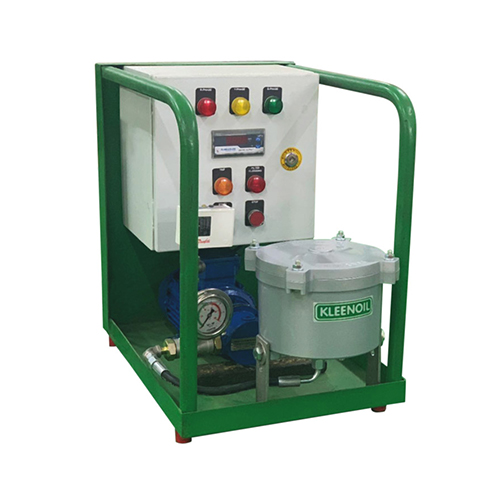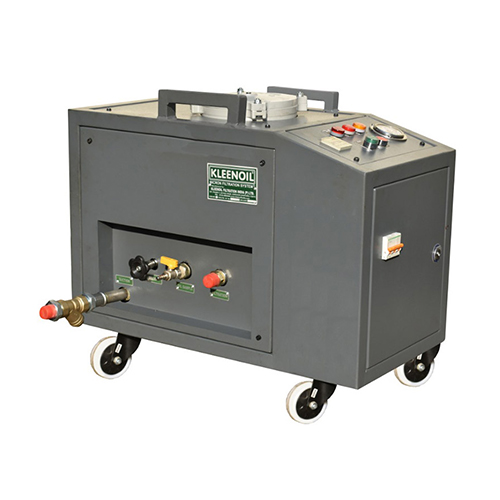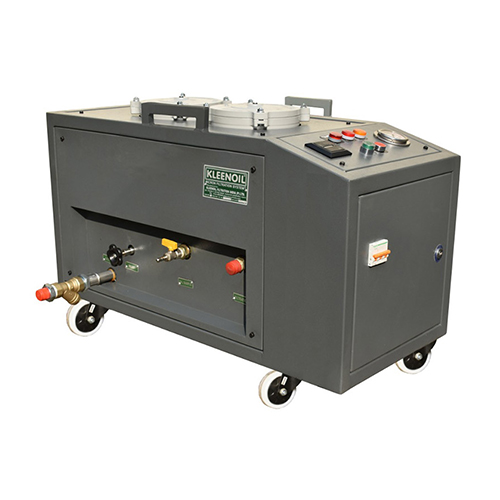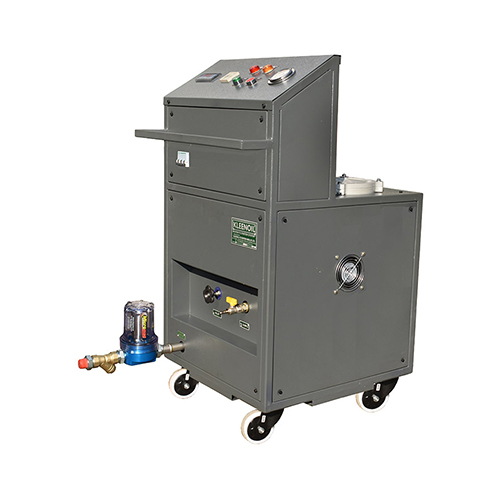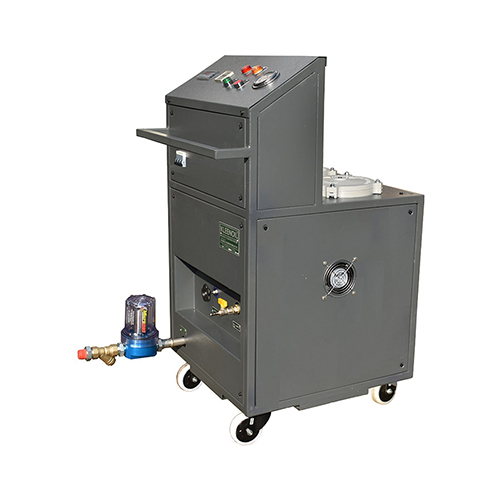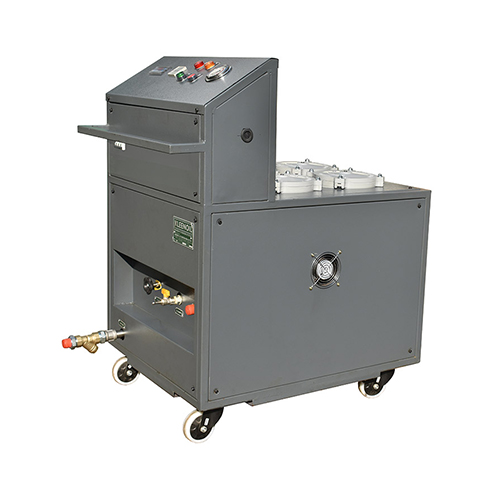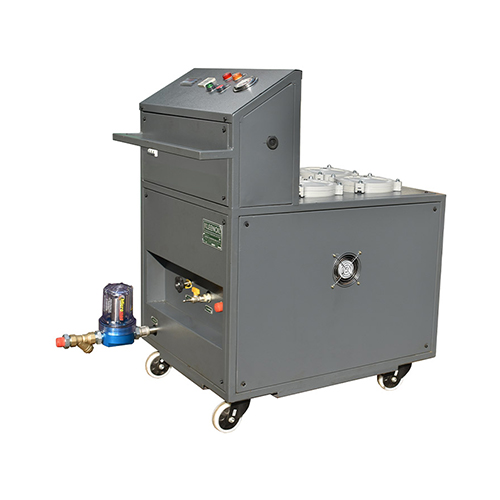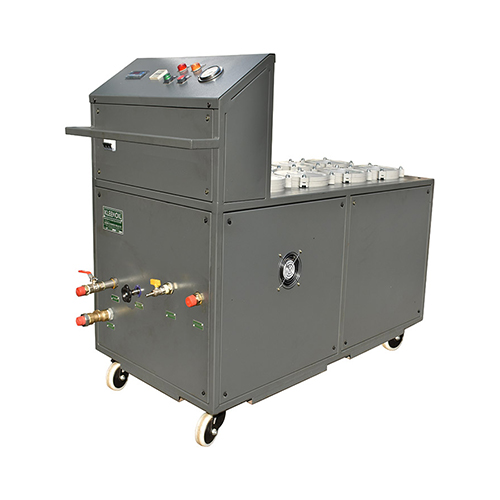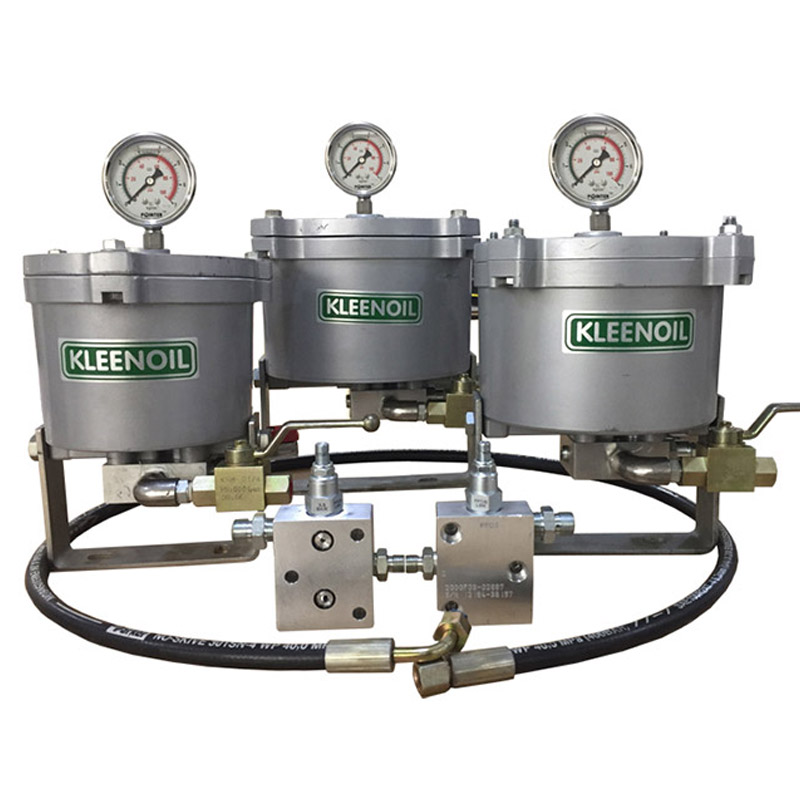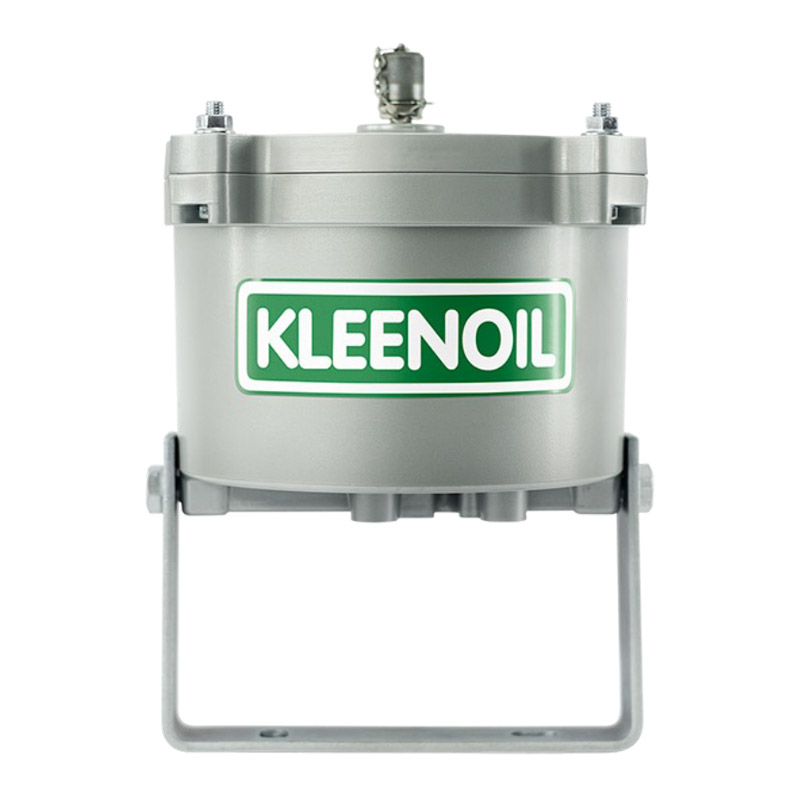

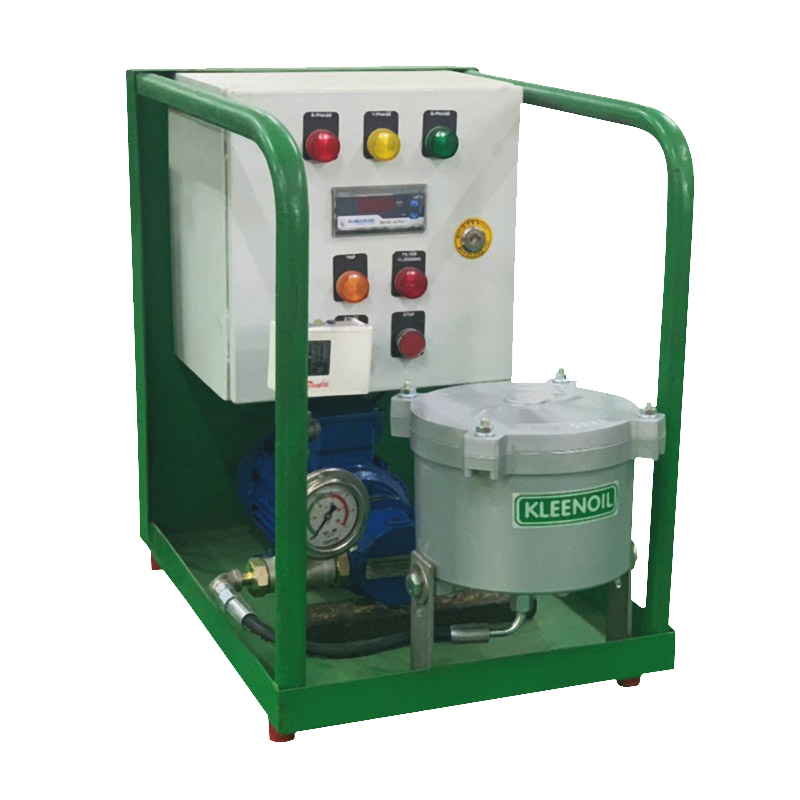
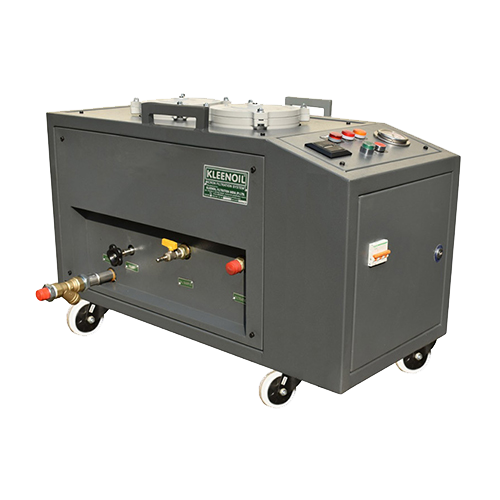
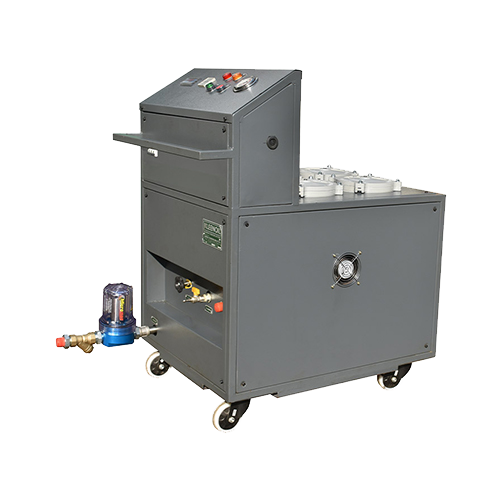
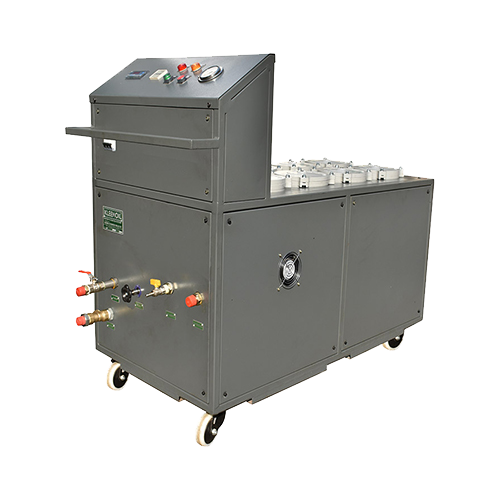
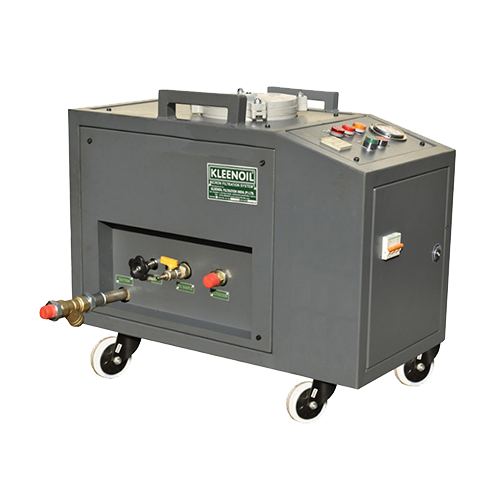
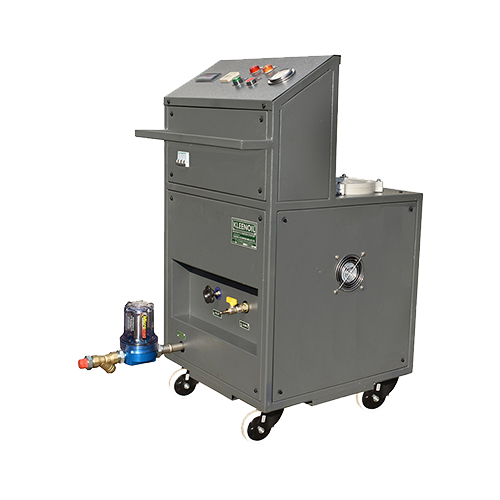
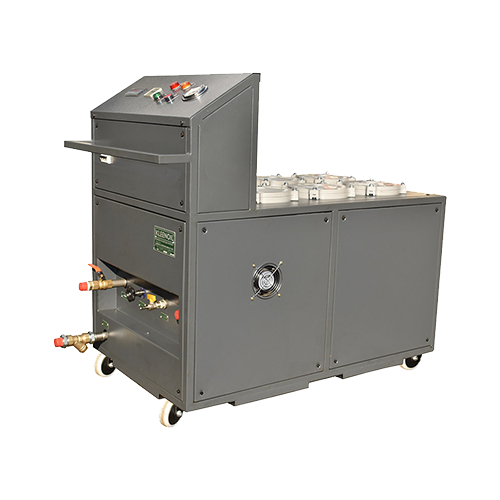
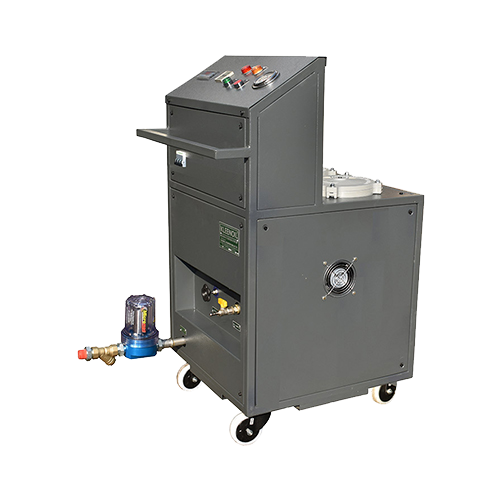
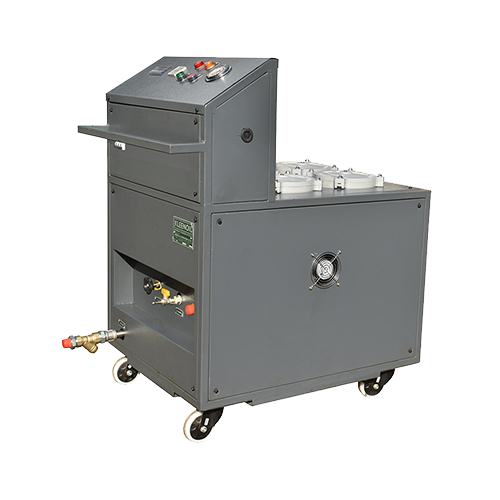
Kleenoil
The Kleenoil Filtration System is a multi-purpose fluid cleaning system, which is available in different models. The system can be used to clean most mineral oils such as hydraulic, gear and transmission oils, diesel type fuels and many soluble oils and fluids. In its static form, it can be permanently connected to large fluid reservoirs where the machines and engines are in constant use. As a mobile trolley it has a wide variety of applications, such as oil and rotational cleaning of factory machinery.
The Micron Filtration Systems can be used for the following applications
- Hydraulic Oil Filtration
- Luboil Filtration
- Gear Oil Filtration
- Turbine Oil Filtration
- Water Gylcol Filtration
- Neat Oil Filtration
- Fuel Filtration
- Industrial Oils
- Fluid Cleaning & Transfer
Salient Features
- The Kleenoil Filter removes contaminant particles down to less than 0.5 microns
- It removes water up to capacity of cartridge through "Absorption Process"
- The Kleenoil machine is a 3-in-1 filtration system which is able to attract moisture, ferrous as well as contamination
- There is no storage tank and oil is cleaned instantly
- The only consumables are the filter cartridges which can be changed within minutes
- All properties of oil being cleaned are maintained
Products We Deal In
Oil Filtration Machines
Kleenoil By-Pass Filters
FAQ Of Customers
High-performance hydraulic systems require very clean oil to maximize performance and extend the life of system components. While less sophisticated hydraulic systems may function acceptably with lower levels of oil cleanliness, high-performance hydraulic equipment will “silt up” and perform erratically when subjected to particulate levels that are greater than an ISO 4406 rating of 16/13/9. Servo valves must operate smoothly and predictably to deliver the tightly regulated pressures and fluid flow for which they are designed.
Hydraulic fluid contamination and deterioration are normal consequences for most hydraulic systems. Failure to adequately remove contaminants, or to change hydraulic fluid before severe fluid breakdown occurs, will lead to poor system performance. The most common hydraulic fluid contaminants are entrapped air and water, along with particles of metal, rubber or dirt. To maintain clean hydraulic fluid, samples must be taken regularly and appropriate mitigation should be immediate.
Fluid deterioration might more appropriately be called “additive deterioration.” Additives give the oil its particular characteristics—and because these additives are most susceptible to chemical and physical change, their deterioration is what leads to fluid breakdown.
Fluid deterioration is often caused by operation at high temperatures. Fluid reservoir temperatures are best kept below 140° F (60° C). To keep fluid operating temperatures within the acceptable range of 100-125° F (38-52° C), standard hydraulic power units are equipped with full-motor-horsepower heat exchangers, over-temperature interlocks and temperature controls.
As hydraulic fluid deteriorates over time, it oxidizes and produces deposits that may cause servo valves to stick. Signs of this natural process include changes in fluid color, odor, or acidity level. Sludge, gum or varnish in the system are further evidence that oxidation has taken place.,
A fluid analysis with an ultra-centrifuge test can detect the level of oxidization. The rate of oxidization increases significantly at operating temperatures higher than 150° F (66° C). Oxidation is irreversible, and fluid must be changed when oxidization is detected.
At installation, or after any of the system’s hydraulic components have been replaced, flush the system to remove particle contamination. If the reservoir is very dirty, or if sludge or varnish is present, the system must be flushed with a flushing compound.
Flushing compounds are solvent free, oil soluble cleaners designed specifically for cleaning and flushing gummy oxidation deposits and insoluble materials from hydraulic systems. Solvent flushing is a costly, time-consuming process. Contact the system’s service engineer before using a flushing compound.
